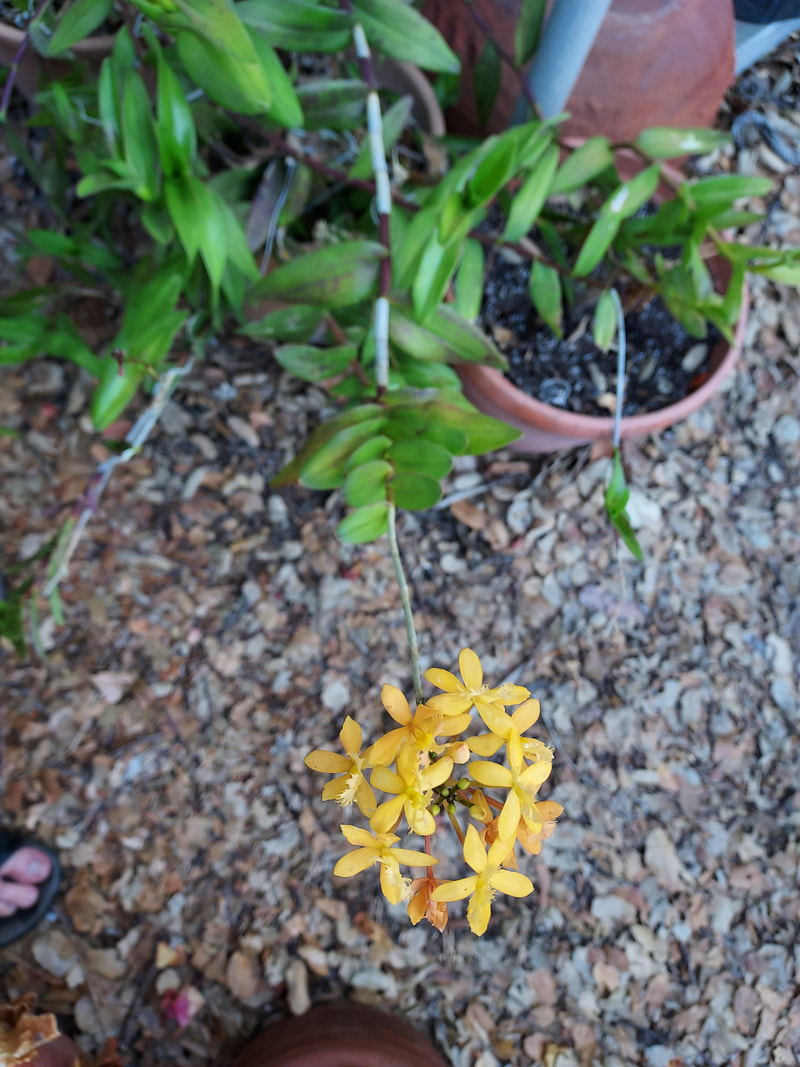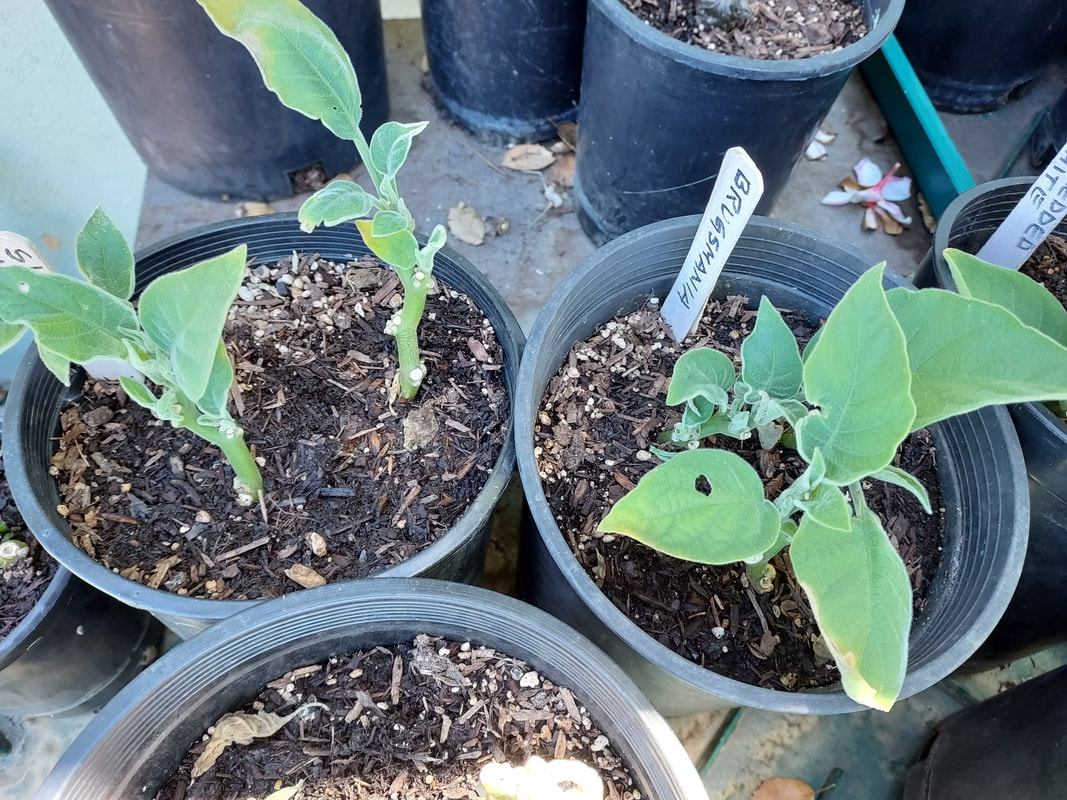| | It’s just too hot to plant, for both me as a person and also for the plants. Anything over 85 degrees is too much. For me, it’s my comfort-level cut-off point, but for the plants it bodes a struggle-to-survive issue. Even if you enjoy working outdoors in the warmth, the plants have more important concerns like reconnecting and extending their roots into the new soil so they can absorb water and nutrients – before they keel over due to the heat even if their rootballs are kept sufficiently moistened. For a week or two, they’re still depending on their original root systems and subject to whatever new bright sun and heat may characterize their new homes, differing from their coddling shade and everyday watering at the nursery. This more-than-85-degree weather makes that process difficult. So, if you can, put off the planting tasks until temperatures lower. If you can’t put it off, then be very solicitous to prepare soil, water well, and shelter from late-afternoon direct sun. So, what to do in the garden, instead of planting? Keep Harvesting Continue to keep vine vegetables (especially beans, cucumbers, squash, and tomatoes) picked, whether or not you will use the harvest that day. If many fruits are allowed to overmature on the plant, production will slow and then cease because the plant “thinks” it’s accomplished its reproductive job. Reinvigorate Veggies Prune vegetable plants of their leaves that have become ragged from age, disease, or insect attacks. Then water plants well. Healthy new leaves will appear, and blossoms once the temperatures go below 85 degrees so fruit set will begin again. This is especially the case with beans, cucumbers, and squash. Encourage New Strawberry Plants Allow strawberries to root their runners after they've set their last crop. Strong new plants will be ready to transplant by October or November, which is the best time to establish new plants so plants bear well next Spring. Last Fertilizing of Summer Crops Fertilize tasseling corn and other vegetables that are setting fruit – including beans, cucumbers, eggplants, tomatoes, squash -- for increased yields. Plants appreciate this extra boost in food to use immediately in maturing their fruits. But during our extra-hot weather, be sure to water the plants well before incorporating fertilizer so it won't "burn" the roots. Propagate Cuttings
Wait to Start Cool-Season Seeds One thing to NOT do while it’s still so hot – consistently over 85 degrees – is to start seeds. Hold off on starting both your first cool-season seeds and also your last crops of warm-season seeds, unless you can accomplish the task indoors in temperatures that are much lower than that. If you tried to start them outdoors in the heat, the natural hormones in many types of seeds will result in unsuccessful germination because they’re programmed to not germinate until temperatures are more desirable. Starting them indoors in cooler temperatures is a possibility you may want to pursue. For more tasks to consider, see August Tips |
|
2 Comments
carol springer
8/14/2022 05:02:42 pm
Thanks for the hot weather tips and explanations, Yvonne. In garden plots located in various areas of the LA Ecovillage, where I live and garden, I've noticed decreased yields - especially from summer and winter squashes, pumpkins and beans both bush and runner. I wonder if anyone else is having this experience. thanks, carol
Reply
Yvonne Savio
8/21/2022 02:01:31 pm
Hi, Carol -- My beans and crookneck squash harvests were also less than I'd expected. Perhaps your soil needs more amending? Or the crop families need to be rotated? Of course, the heat and water restrictions may have contributed.
Reply
Leave a Reply. |
Categories |















 RSS Feed
RSS Feed